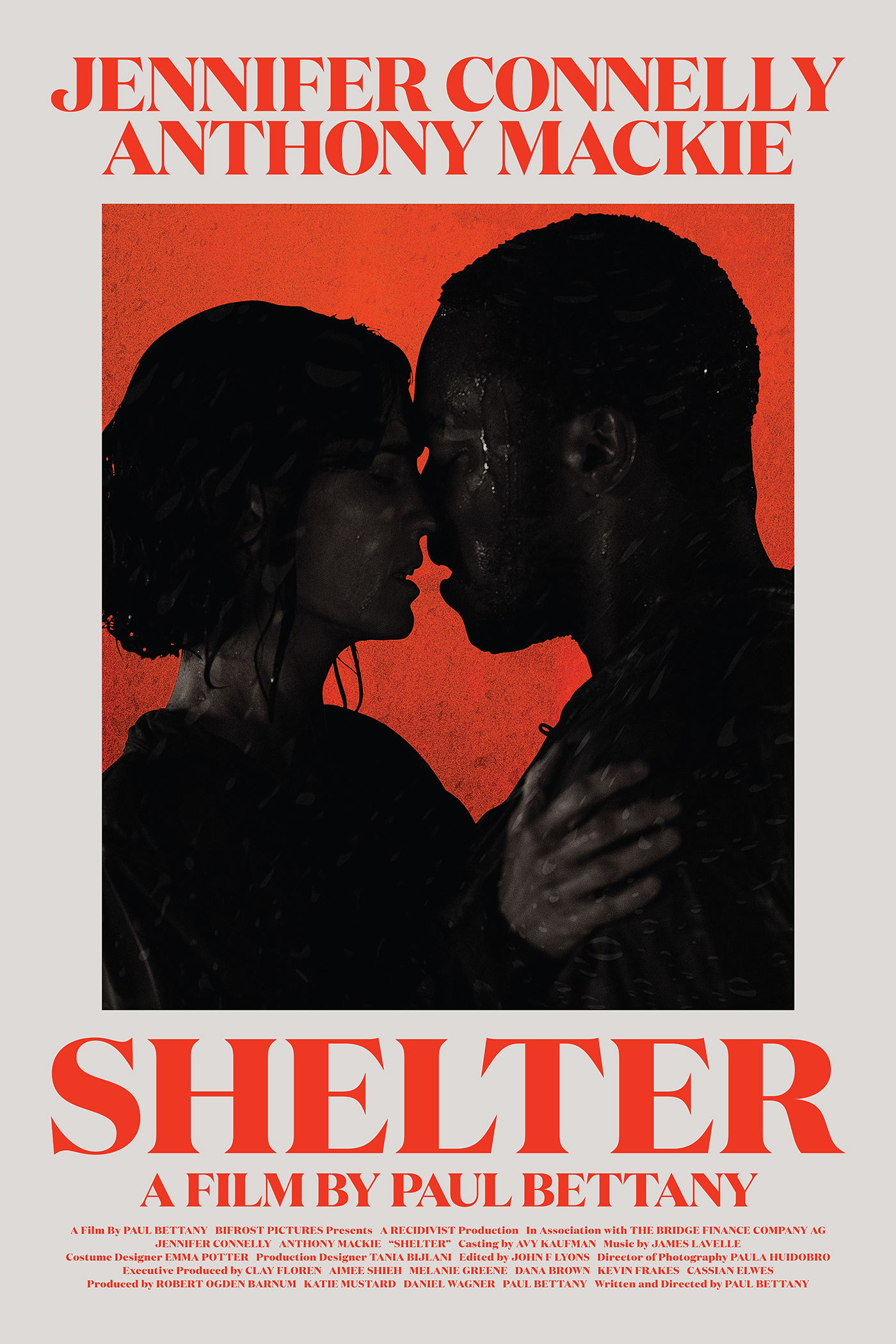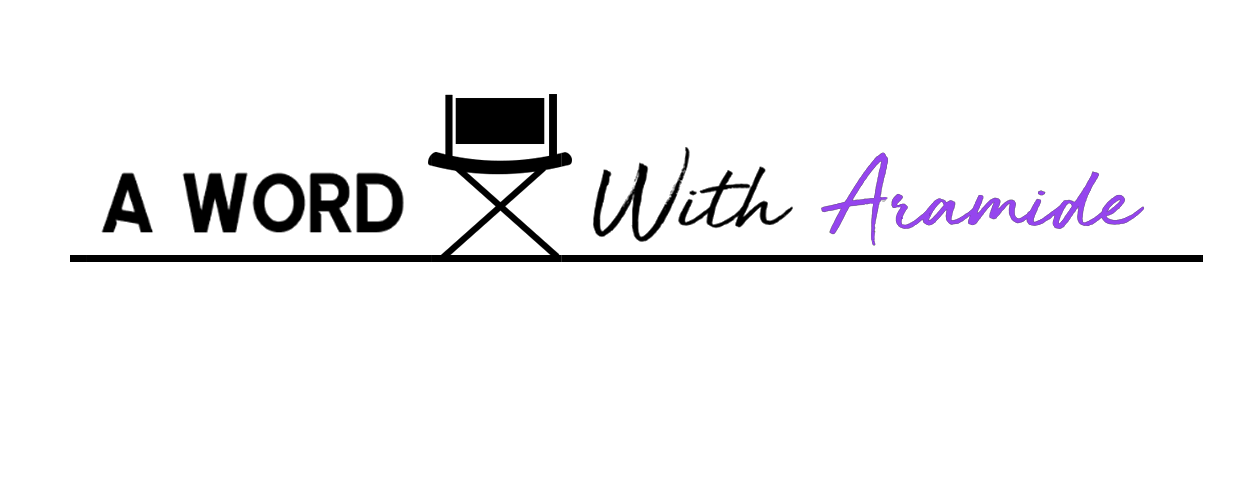 On my way home from screening “Shelter”, I sat on the New York City subway D train headed uptown, while sipping my extra hot caramel macchiato. As the train started roaring along the track, a homeless man began walking back and forth in the train car, intermittently begging for change and spewing gibberish. The homeless are a constant in this city; most of the time they are invisible, and other times, they feel like a nuisance; a thorn in the sides of the more advantageous residents.
On my way home from screening “Shelter”, I sat on the New York City subway D train headed uptown, while sipping my extra hot caramel macchiato. As the train started roaring along the track, a homeless man began walking back and forth in the train car, intermittently begging for change and spewing gibberish. The homeless are a constant in this city; most of the time they are invisible, and other times, they feel like a nuisance; a thorn in the sides of the more advantageous residents.
As I’ve passed homeless people on the street, or seen them on train platforms, I’ve often wondered how they've gotten there. It’s unthinkable to me to have nowhere to go, and no one to turn to. Many homeless people are mentally ill; others have simply been dealt a horrible hand in life. A New Yorker himself, “Shelter” director Paul Bettany walked passed two particular homeless people - a black man and a white woman who lived just outside of his building - on a near daily basis. He never knew their story, and after Hurricane Sandy ravished the city, he never saw them again.
Idealistic perhaps, or maybe feeling the guilt that many of us feel as we turn away from the homeless in discomfort, Bettany, primarily an actor, created a story for this couple in "Shelter," his directorial debut.
Undocumented immigrant, Tahir, played by Anthony Mackie, and drug-addicted Hannah (Jennifer Connolly) are very different people, both thrown on the streets due to life’s circumstances. Their initial meeting is painful and tumultuous. And yet, they push through, building a tentative friendship which blossoms into something much more powerful. As expected, Mackie and Connolly give powerful performances. (Though Mackie’s Nigerian accent leaves a little to be desired.) However, the story itself doesn’t allow the audience to really feel the pain and shame of homelessness in any real way.
Continue reading at Shadow and Act.
Image: Shelter Poster/ Screen Media Films

